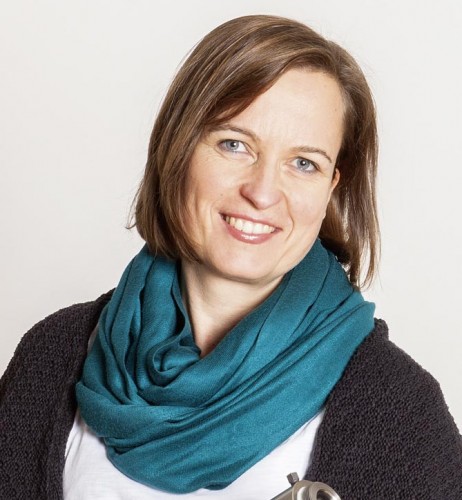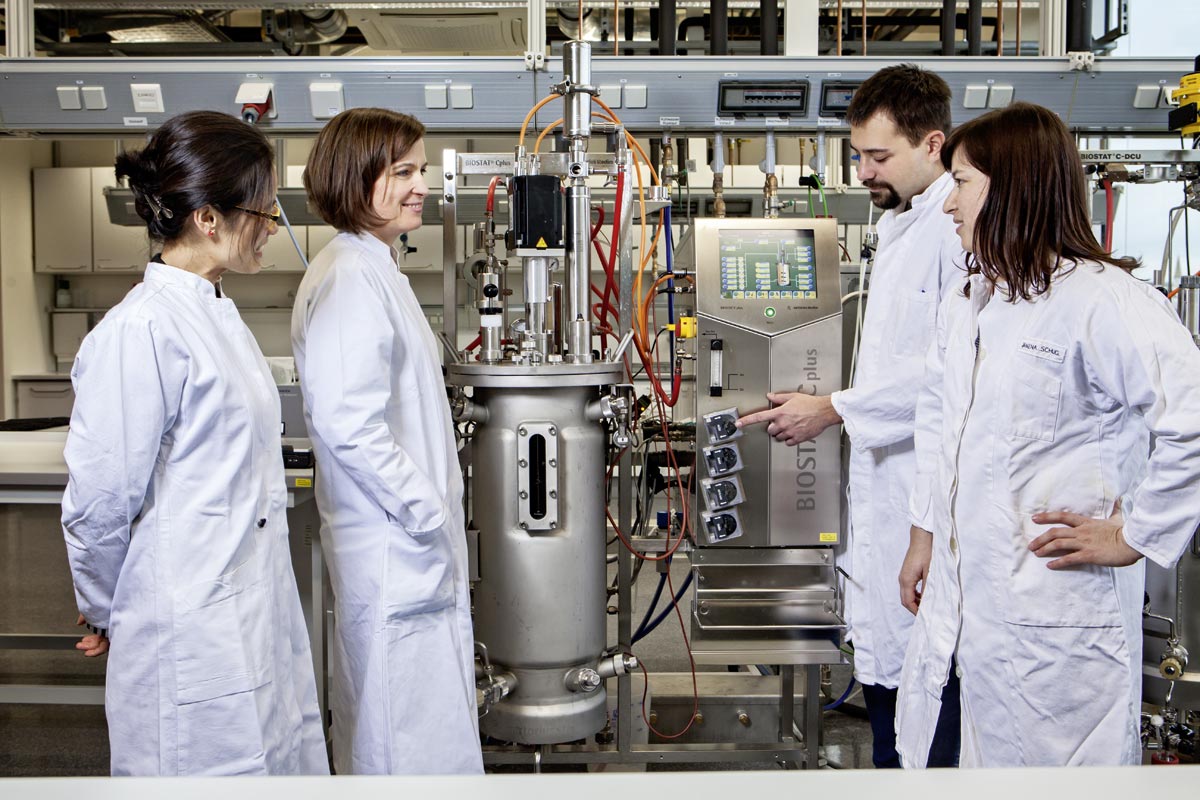
You teach at Biberach University of Applied Sciences in the degree course “Industrial Biotechnology” and are concerned with pioneering processes serving to utilize raw materials sustainably. Which sectors of industry are particularly interested in these technologies?
Industrial biotechnology is concerned with making useful substances and supplying energy with the aid of microorganisms or enzymes. Because our fossil resources are finite, we need to develop various different arrangements to ensure a secure supply. Given the wide range of organisms and products involved, these processes can be applied in almost all sectors of industry. At the moment biotechnological products are implemented mainly in the cosmetics, food, chemical and pharmaceutical industries and in the field of energy supply.
Which technologies look particularly promising, specially in consideration of environmental friendliness?
Biotechnological processes that are flexible with respect to their material starting-points have a definite advantage. Seasonal variations in the amount of raw material available are also a logistical challenge. Utilizing residues plays an important part, too – but the quality of these feedstocks fluctuates. Thinking out future scenarios for the bioeconomy, we shall need novel solutions going beyond what is currently feasible.
Are cascading uses of biomass a vital approach for the future?
Integrative process designs have great value-creating potential, which biotechnological processes need if they are to compete with long-established conventional processes. Implementation in biorefineries can contribute significantly to providing pioneering, sustainable strategies.
You are also an expert in the field of algae research. What openings do you see for developing algae technology?
In contrast to other microorganisms, phototrophic organisms use carbon dioxide as a carbon source, so they fulfil one prerequisite for production without a biomass feedstock. Bio-based industries necessarily involve competition for arable land – here algae have the advantage that they can be cultivated on non-arable surfaces. So microalgae have considerable potential for making a worthwhile contribution to the bioeconomy. At the moment microalgae are used in production processes at the upper end of the price range.
